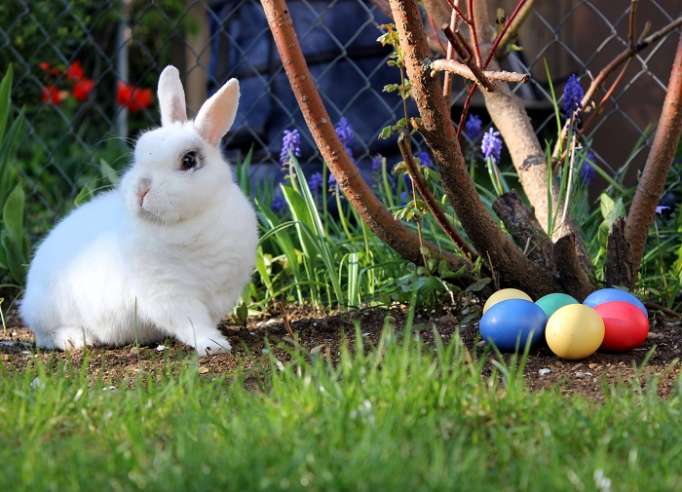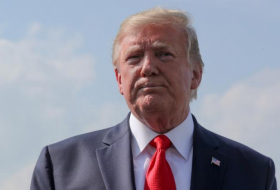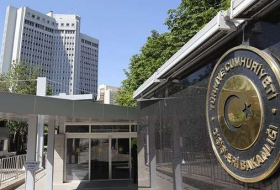In many cases, Easter traditions began as celebrations of springtime, and the symbols that represented the rebirth of life after winter found new meaning in celebrations of the resurrection.
The name “Easter”
The word “Easter” only appears once in one variation of the Bible. You can find it in the King James Version, where it’s used in the book of Acts as a substitution for the Jewish holiday of Passover.
This switch makes sense, as Jesus’ death and resurrection took place during Passover, and some Christians view Christ’s story as a fulfillment of the Old Testament Passover prophecies and traditions.
Since the word “Easter” appears in just one version of the Bible, how did it become the name of the feast day?
Michaela Reaves, chair of the history department at Cal Lutheran University in Thousand Oaks, said the word “Easter” comes from Eostre, the Norse and Saxon goddess of fertility who was honored with feasts each spring.
Most holidays started as ways to mark the seasons, she said.
“This year’s spring equinox is March 20, and those (Eostre) celebrations are tied to those astronomical events,” Reaves said.
As Christianity spread, the springtime celebrations of Eostre were replaced with the Christian celebration of the resurrection, though the name Easter stuck, Reaves said.
There is some doubt about this theory, however, since the stories of Eostre are traced to only one English monk who lived in the seventh and eighth centuries.
Some who discount the Eostre theory have another explanation. They contend that “Easter” has its roots in the word “east.” That’s where dawn begins, they explain, and dawn is when Christ is said to have risen from the dead.
The Easter rabbit
The Rev. Luke Dysinger, professor of church history and moral theology at St. John’s Seminary in Camarillo, said rabbits might have become popular because they’re an early sign of the coming spring.
“If it’s been a cold winter, you don’t see animals that have been hibernating in their dens. (When winter is ending) you suddenly see rabbits all over the place,” he said.
Reaves said rabbits are a symbol of spring for another reason: their fertility.
“Bunnies procreate at an alarming rate, and if you wanted a symbol to have as (this) goddess’ image, you’d pick a bunny,” she said.
However it happened, an egglaying rabbit known as the Osterhase, or Easter Hare, became a symbol of the season in Northern Europe. When Germans began immigrating to America in the 1700s, they brought the concept of an eggbearing Easter Hare with them.
Many modern American Easter traditions are similarly rooted in Germany and Northern Europe, Reaves said.
“Easter came to the U.S. sometime in the 18th century, the (holiday’s) habits and ideas,” Reaves said. “That would make sense if you think about the people who came to the U.S. in the early days.”
Easter eggs
Easter eggs, probably the most recognizable symbol of Easter, are tied to the holiday for several reasons.
Eggs are said to represent everything from rebirth and fertility to the empty tomb of Jesus.
Dysinger said some Christians feasted on eggs as a celebratory meal after Lent was over. In some Christian sects, he said, eggs and butter, like meat, were forbidden during the Lenten fast.
“In the Eastern Orthodox churches especially, in the churches of Greece and Russia, the fasting tends to be a little more severe,” he said.
Since eggs would spoil before the 40 days of Lent had passed, they would either be boiled or drained from the shell. Either way, the shells would often be colored to commemorate the season.
“Eggs are kind of a powerful symbol of life,” Dysinger said. “In the Russian Orthodox Church, they make a big deal of beautifully decorated eggs, and these aren’t eggs you hunt for, but rather are eggs you give as gifts.”
But Reaves said the tradition of dyeing eggs might come from Mary Magdalene, who either brought them with her when she visited Jesus on the cross or brought them to his tomb Easter morning.
In both stories, the eggs were dyed red, a symbol for Jesus’blood.
Easter baskets
Why does the Easter Bunny leave Easter eggs in a basket for children?
“Baskets are re-created nests,” Reaves said. “The theory is that the eggs would show up in the baskets. But over time, the tradition changed to carrying the baskets with you to look for eggs.”
Dysinger said baskets may be related to cornucopias, a symbol of plenty that would fit right in at many Easter dinners.
“(The cornucopia) became a symbol of prosperity and good harvest, and you can see how it’s kind of a symbol of springtime,” he said.
Read the original article on toacorn.com.
More about: Easter















































